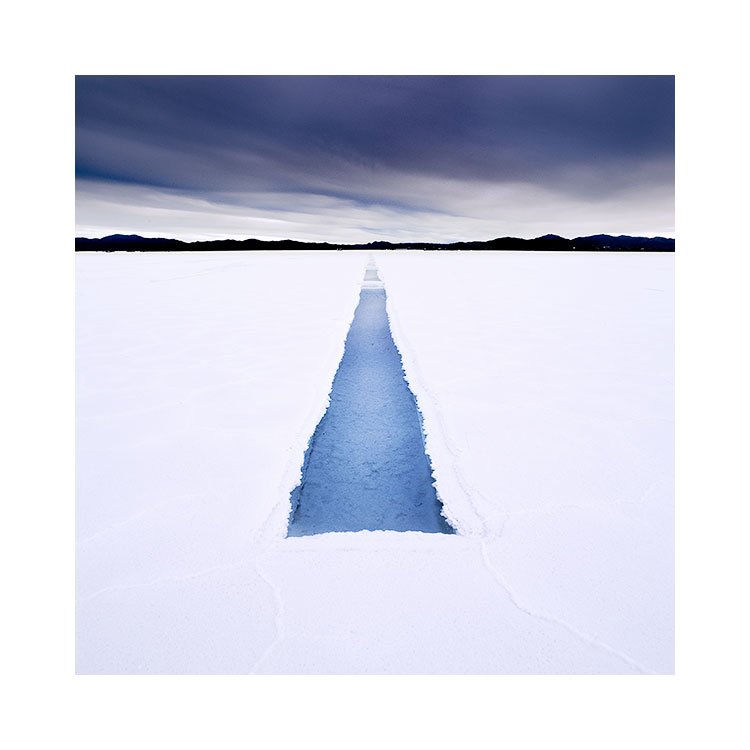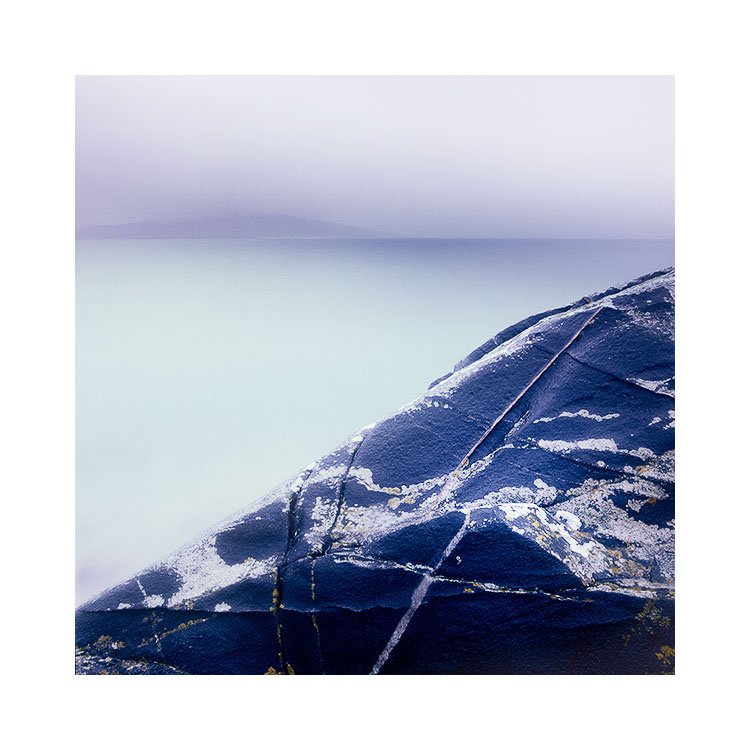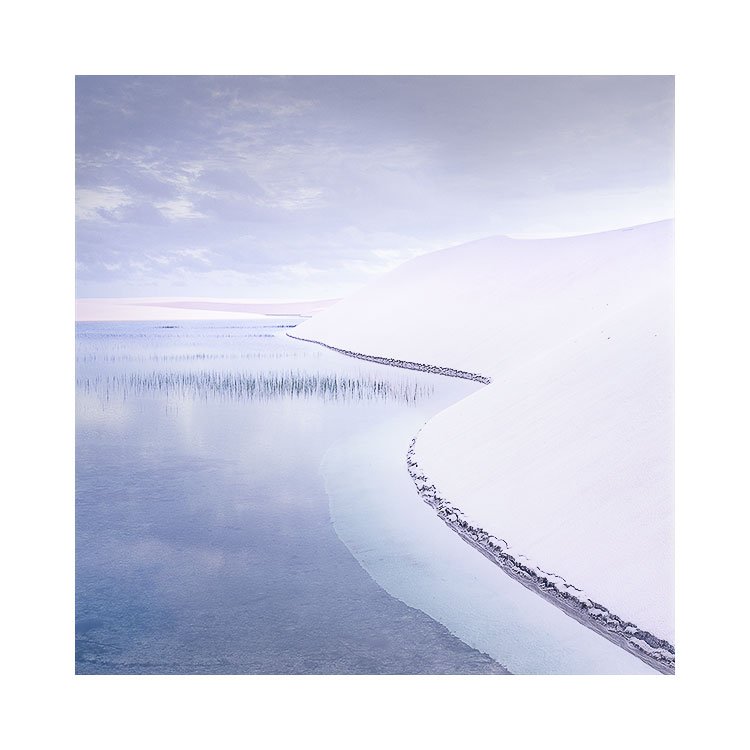Visualisation is your friend. By visualising where you want to be in six months time, or by visualising the kinds of images you may hope to get on a forthcoming trip, we can set in motion the act of turning dreams and wishes into reality.
I have often used mockups, to help me get a sense of where any new work is taking me, and how it may appear when finished. The trick of using mockups, is to feed off the excitement and any inspiration they give you, while allowing yourself the complete freedom to deviate from what they currently show you.
Caveat: The danger being that pre-visualisation can lock you in. If you anticipate a certain outcome before beginning any new work : you will inevitably be disappointed that the work is not going where you thought it should. Visualisation should be used carefully, and by that I mean you should understand that you are not trying to tell the future, you are simply trying to help steer yourself forward. Dreams are dreams, but real life seldom works out to match our dreams, but dreams still, are important.
Mock up of my new web page for images made in 2022. As you can see, I have filled in 3 portfolios at the moment, and as I add others, I will swap and change things around. The key to visualising like this is to keep things fluid and allow yourself to change anything at any time. Indeed that is perhaps the key to creativity.
Way back when I was starting up my workshop business, I would dream about the new tours and workshops I hoped to offer, and I would even set up fictitious yearly calendar webpage showing how they might look on my website.
Visualisation techniques like this can be incredibly instrumental in steering you in the right direction:
If you are thinking about it, then you are most probably moving towards it.
Conversely, the opposite holds true: if you don’t visualise, then there is no way forward.
The past year I felt very ‘stuck’ creatively speaking, because I was not able to get my films processed. Because I was not able to move ‘through’ the work, and complete it. You need to finish old work so that there is space and room for new things to come in.
The image above is a mockup of my new web page for images made in 2022. As you can see, I have filled in 3 portfolios at the moment, and as I add others, I will swap and change things around. The key to visualising like this is to keep things fluid and allow yourself to change anything at any time. Indeed that is perhaps the key to creativity in general: if you understand that nothing is ever ‘finished’ or ‘set in stone’, it gives you a lot of freedom, not just in terms of where the work is going, but also in terms of avoiding stern or harsh judgement of oneself and one’s abilities.
What I love about the new mockup page, is how fresh everything feels. I’m getting a little tired of my existing portfolio and it’s vital to keep things fresh in life and creativity. I am inspired to see how those empty portfolio boxes may be filled out over the coming months when I have time to work on my images from 2022.



























